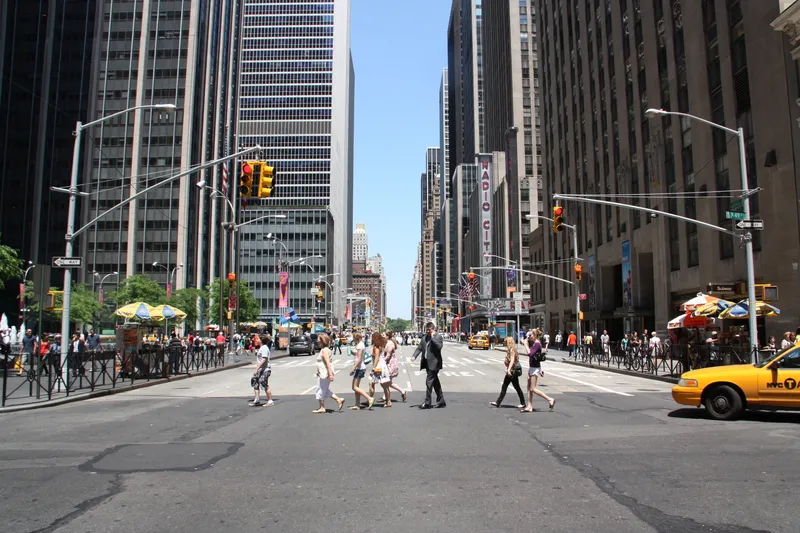A new study by the University of Michigan Transportation Research Institute analysed recent changes in the United States in both the ownership of light-duty vehicles (cars, pickup trucks, SUVs and vans) and the corresponding distance driven. The study looked at the rates per person and per household over the period 1984 to 2015.
The main findings were:
The vehicle-ownership rates per person and per household both reached their maxima in 2006. The two rates for 2015 are down, on average, 4.4 per cent f
February 15, 2017
Read time: 1 min
A new study by the 5647 University of Michigan Transportation Research Institute analysed recent changes in the United States in both the ownership of light-duty vehicles (cars, pickup trucks, SUVs and vans) and the corresponding distance driven. The study looked at the rates per person and per household over the period 1984 to 2015.
The main findings were:
The vehicle-ownership rates per person and per household both reached their maxima in 2006. The two rates for 2015 are down, on average, 4.4 per cent from their maxima, although they have rebounded, on average, 1.4 per cent from the post-maximum minima reached in 2012 and 2013.
The distance-driven rates per person and per household both reached their maxima in 2004.
The two rates for 2015 are down, on average, 7.8 per cent from their maxima, although they have rebounded, on average, 2.1 per cent from the post-maximum minima reached in 2013.
The main findings were:
The vehicle-ownership rates per person and per household both reached their maxima in 2006. The two rates for 2015 are down, on average, 4.4 per cent from their maxima, although they have rebounded, on average, 1.4 per cent from the post-maximum minima reached in 2012 and 2013.
The distance-driven rates per person and per household both reached their maxima in 2004.
The two rates for 2015 are down, on average, 7.8 per cent from their maxima, although they have rebounded, on average, 2.1 per cent from the post-maximum minima reached in 2013.







